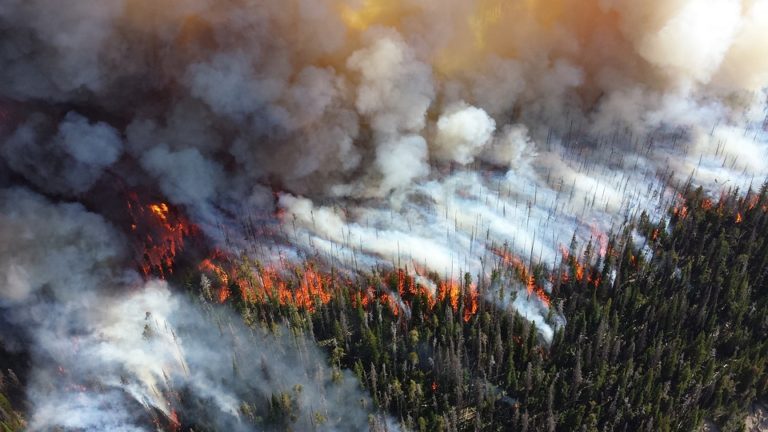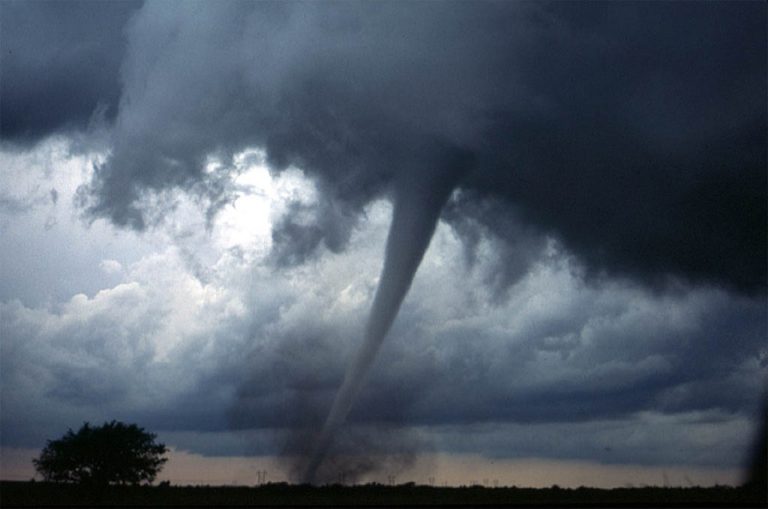Motorcycle Safety Month-May
 Courtesy of iii.org
Courtesy of iii.org
- In 2015, 4,976 people died in motorcycle crashes, up 8.3 percent from 4,594 in 2014, according to a National Highway Traffic Safety Administration (NHTSA) report.
- In In 2015, 88,000 motorcyclists were injured, down 4.3 percent from 92,000 in 2014.
- In 2015, motorcyclists were 29 times more likely than passenger car occupants to die in a crash per vehicle mile traveled, and almost five times more likely to be injured.
- Motorcyclists accounted for 14 percent of all traffic fatalities, 4 percent of all people injured, 17 percent of all occupant (driver and passenger) fatalities, and 4 percent of all occupants injured.
- There were 8.6 million motorcycles on the road in 2015.
In 2015, 4,976 people died in motorcycle crashes, up 8.3 percent from 4,594 in 2014, according to the National Highway Traffic Safety Administration (NHTSA). In 2015, motorcyclists were 29 times more likely than passenger car occupants to die in a crash per vehicle mile traveled, and almost five times more likely to be injured.
(Note: statistics on fatal motorcycle crashes are also available from the Insurance Institute for Highway Safety.)
KEY FACTS
- According to the latest data available from the Federal Highway Administration, there were 8.6 million private and commercial motorcycles on U.S. roads in 2015, compared with 8.0 million in 2009.
- 2015 Crash Data: According to the U.S. Department of Transportations National Highway Traffic Safety Administration (NHTSA), 4,976 people died in motorcycle crashes in 2015, up 8.3 percent from 4,594 in 2014. In 2015, 88,000 motorcyclists were injured, down 4.3 percent from 92,000 in 2014.
- In 2015, 40 percent of motorcyclists killed in motor vehicle traffic crashes were not wearing a helmet.
- The fatality rate per registered vehicle for motorcyclists in 2015 was six times the fatality rate for passenger car occupants, according to NHTSA.
- Motorcycle Theft: The National Insurance Crime Bureau (NICB) reported that motorcycle thefts rose 6 percent in 2015 to 45,555 from 42,856 a year earlier, based on data from the National Crime Information Center of the FBI. However, motorcycle thefts are down 32 percent from 2006 when they totaled 66,774, according to the NICB.
- The NICBs report also details the seasonal nature of motorcycle thefts. More motorcycles are stolen during warm monthsJuly and August had the most motorcycle thefts in 2015 while January and February had the fewest. The top five makes stolen in 2015, from highest to lowest, were American Honda Motor Co., Yamaha Motor Corporation, American Suzuki Motor Corporation, Kawasaki Motors Corp. and Harley-Davidson Inc. California had the most motorcycle thefts in 2015, followed by Florida and Texas. By city, New York, New York, had the most thefts, followed by Las Vegas, Nevada, and San Francisco, California.
FATALITIES AND INJURIES
According to the U.S. Department of Transportation’s National Highway Traffic Safety Administration (NHTSA) the following terms are used to define motorcycle occupants: a motorcycle rider is the operator only; a passenger is any person seated on the motorcycle but not in control of the motorcycle; and any combined reference to the motorcycle rider (operator) as well as the passenger will be referred to as motorcyclists.
According to NHTSA, in 2015, 4,976 people died in motorcycle crashes, up 8 percent from 4,594 in 2014. In addition, 88,000 motorcyclists were injured, down 3 percent from 92,000 in 2014. In 2015, 40 percent of the motorcyclists killed were not wearing helmets.
By Age: Older motorcyclists account for more than half of all motorcyclist fatalities. NHTSA data show that in 2015, 54 percent of motorcyclists killed in crashes were age 40 or over, compared with 47 percent in 2005. The number of motorcyclists age 40 and over killed in crashes increased by 17 percent from 2006 to 2015. In contrast, fatalities among all motorcyclists rose 3 percent. NHTSA says that the average age of motorcycle riders killed in crashes was 42 in 2015, compared with 39 in 2006.
Older riders appear to sustain more serious injuries than younger riders. Researchers from Brown University cited declines in vision and reaction time, along with the larger-sized bikes that older riders favor, which tend to roll over more often, and the increased fragility among older people as the causes. The study used data on riders age 20 and over who needed emergency medical care following motorcycle crashes from 2001 to 2008. The riders were put in three groups by age: 20 to 39, 40 to 59, and 60 and over. The data showed that while injury rates were rising for all age groups, the steepest rise occurred in the 60 and over group, who were two and a half times more likely to have serious injuries than the youngest group. They were three times more likely to be admitted to the hospital. The middle and older groups were also more likely to sustain fractures, dislocations and other injuries, such as brain damage, than the youngest group. The authors published findings in the journal Injury Prevention in February 2013. The study is entitled Injury patterns and severity among motorcyclists treated in US emergency departments, 20012008: a comparison of younger and older riders.
By Driver Behavior
Alcohol use: According to NHTSA, in 2015, 27 percent of motorcycle riders who were involved in fatal crashes had a blood alcohol concentration (BAC) of 0.08 percent or over (the national definition of drunk driving). This compares with 21 percent of passenger car drivers, 20 percent for light truck drivers involved in fatal crashes, and with 2 percent of large truck drivers.
In 2015, fatally-injured motorcycle riders between the ages of 35 to 39 had the highest rate of alcohol involvement (37 percent), followed by the 45 to 49 age group (36 percent).
In 2015 motorcycle riders killed in traffic crashes at night were almost three times more likely to have BAC levels of 0.08 percent or higher (42 percent) than those killed during the day (13 percent).
The reported helmet use rate for motorcycle riders with BACs at or over 0.08 percent who were killed in traffic crashes was 51 percent in 2015, compared with 65 percent for those who did not have any measurable blood alcohol.
Speeding: In 2015, 33 percent of all motorcycle riders involved in fatal crashes were speeding, compared with 19 percent for drivers of passenger cars, 15 percent for light truck drivers and 7 percent for large truck drivers, according to NHTSA.
Licensing: Twenty-seven percent of motorcycle riders who were involved in fatal crashes in 2015 were riding without a valid license, compared with 13 percent of passenger car drivers.
By Type of Motorcycle: According to a 2007 report from the Insurance Institute for Highway Safety (IIHS), riders of “super sports” motorcycles have driver death rates per 10,000 registered vehicles nearly four times higher than those for drivers of other types of motorcycles. Super sports can reach speeds of up to 190 mph. The light-weight bikes, built for racing, are modified for street use and are popular with riders under the age of 30. In 2005 these bikes registered 22.5 driver deaths per 10,000 registered vehicles, compared with 10.7 deaths for other sport models. Standards and cruisers, and touring bikes (with upright handlebars) have rates of 5.7 and 6.5, respectively, per 10,000 vehicles. In 2005 super sports accounted for 9 percent of registrations, and standards and cruisers made up 51 percent of registrations. Among fatally injured drivers, the IIHS says that drivers of super sports were the youngestwith an average age of 27. Touring motorcycle drivers were the oldest, 51 years old. Fatally injured drivers of other sports models were 34, on average; standard and cruiser drivers were 44 years old. Speeding and driver error were bigger factors in super sport and sport fatal crashes. Speed was cited in 57 percent of super sport fatal crashes in 2005 and in 46 percent for sport model riders. Speed was a factor in 27 percent of fatal crashes of cruisers and standards and 22 percent of touring models.





